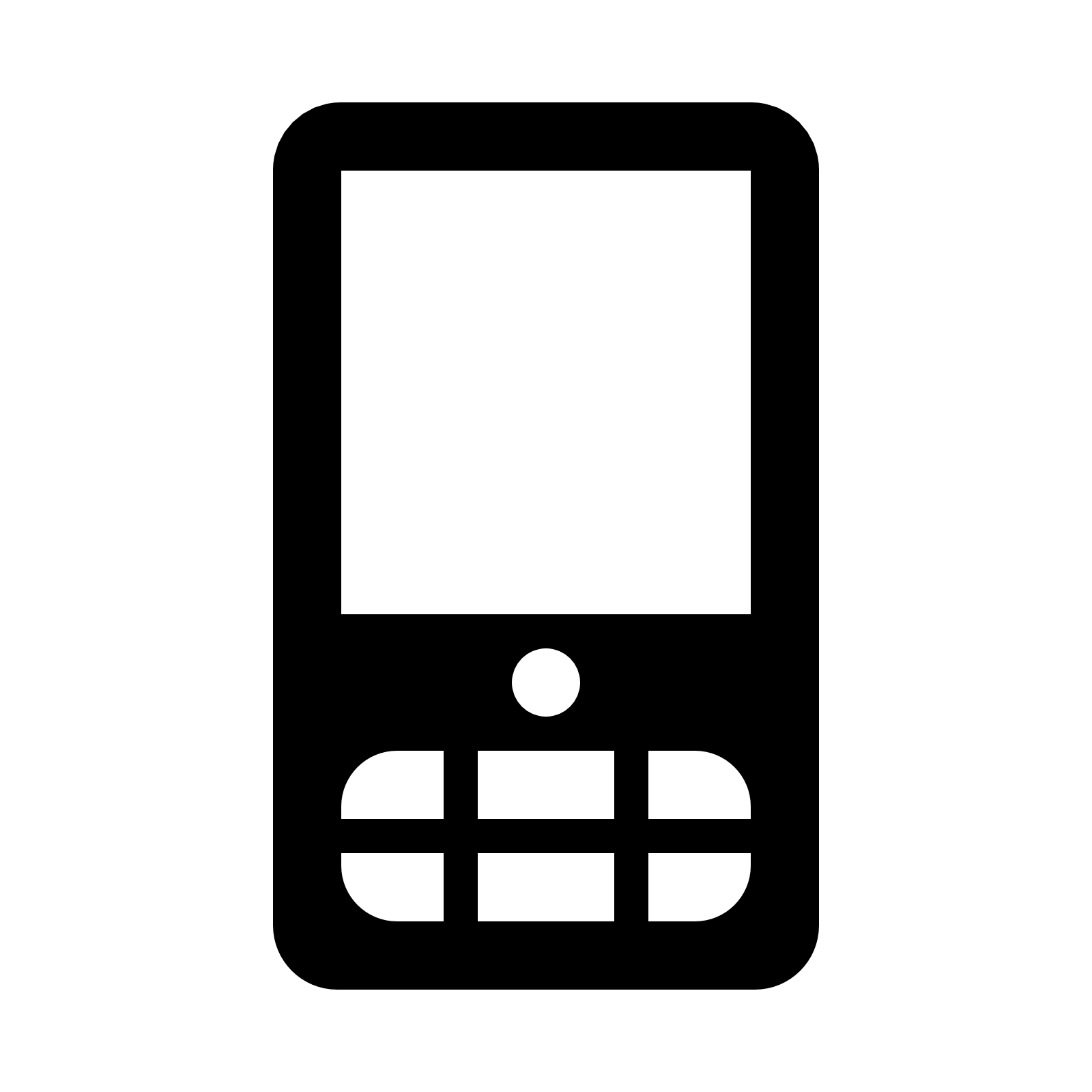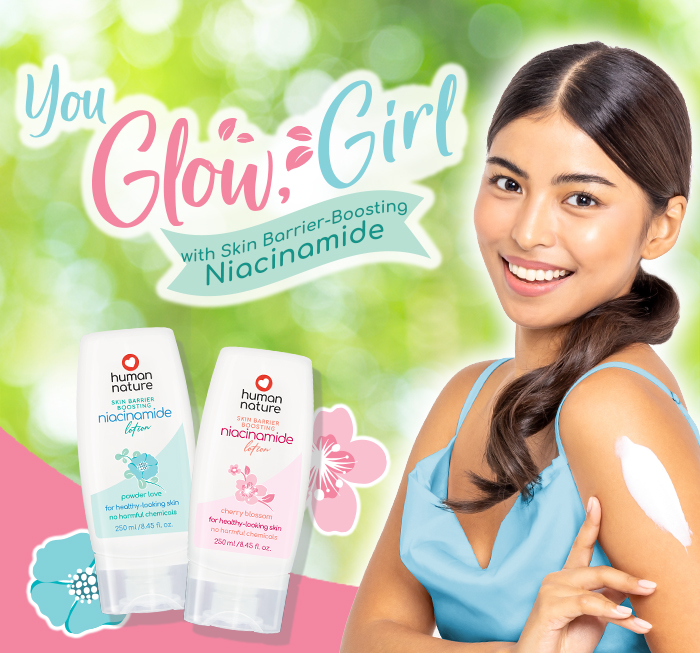Coral reefs are turning white…
The same way we turn pale when we’re sick.
The Philippines, once hailed as “The Center of the Center” of Marine Biodiversity, is now in danger of coral reef degradation.
Initial Findings of the Nationwide Assessment of Coral Reefs show that a third of the corals have been destroyed in the last 20 years. “These values indicate a marked decline in the condition of local reefs over the last four decades,” the study said.
Reefs are disappearing twice as fast as rainforests. If this continues, corals could be gone in 30 years.
Consequences could be severe.
More than just gorgeous underwater decorations, corals are living organisms that provide life, livelihood, and protection:
- Life – by serving as homes to fish that deliver nutrients such as iron, zinc, and calcium to approximately 3.2 billion people.
- Livelihood – by providing income to local economies through fishing, recreation, and tourism.
- Protection – by acting as a barrier between land and the ocean, safeguarding our shorelines from erosion, waves, storms, floods, and even tsunamis.
Are you a part of the problem?
Aside from common culprits, global warming, plastic pollution, and destructive fishing practices, recent studies have found that some of the most popular chemical sunscreens contain oxybenzone and octinoxate, substances known to be harmful to corals.
Once in contact with water, these chemicals weaken corals’ defences, damaging their DNA and interfering with their growth as well as reproduction. As these ingredients’ concentrations increase, the degree of coral bleaching also increases.
The FDA has spoken
Aside from contributing to the killing of coral reefs in the ocean, studies have also shown that octinoxate and oxybenzone sunscreens pose a risk to human health, affecting reproductive systems and increasing hormone-related cancers, which is exactly why some countries have listed these as sunscreen ingredients to avoid and have started banning popular sunscreens containing these ingredients.
Shedding more light on sunscreen absorption, the Food and Drug Administration (FDA) recently released a new set of regulations for sunscreen safety, declaring only two sunscreen ingredients safe and effective—zinc oxide and titanium oxide—the main components of natural, toxic free sunscreen.
Protect the seas as you protect your skin
It’s not enough that your sunscreen is good for you. It should be a marine safe sunscreen that’s gentle on the environment, too. Be an ally in the fight to save corals by using Human Nature SafeProtect SPF30 Sunscreen PA++++ (50g, P349.75 | 100g P499.75), the #1 natural, reef-safe sunscreen in the Philippines*, as part of the Euromonitor International Report listing the best eco friendly sunscreens in the world.
S.O.S. (Save Our Seas), it’s a #SEAmergency!
The first locally-made, all natural sunscreen in the country, Human Nature SafeProtect SPF30 Sunscreen PA++++:
Shields skin against aging & skin-damaging UVA rays that may cause skin cancer with the highest rated PA++++ protection
Obstructs 97% of skin-burning UVB rays with broad-spectrum SPF30
Safeguards our corals with all-natural, reef-friendly ingredients
Thinking of your tiny tots? Keep them safe from the sun as they have fun with SafeProtect SPF30 Sunscreen for Babies & Kids PA+++ (P349.75). Made for children 6 months and older, this kid-friendly, zinc based sunscreen is specially formulated to protect young skin from 97% of skin-burning UVB rays and guard the skin against harmful UVA rays. Like the SafeProtect Sunscreen for Adults, it’s an environmentally safe sunscreen. It cares for marine life with its 100% natural formulation. Plus, it comes in a mild sunshiny vanilla-orange scent kids will surely love.
Remember: We can’t have a healthy planet without a healthy ocean.Save the seas one sunscreen at a time with Human Nature SafeProtect SPF30 Sunscreen PA++++ and SafeProtect SPF30 Sunscreen for Babies & Kids PA+++, our travel size reef safe sunscreens, available in all Human Nature stores. Find a Human Nature store near you via humanheartnature.com/branches or get it online at humanheartnature.com/buy.
*Based on the July 2019 Euromonitor International Report: Sun Care in the Philippines
Sources:
Yanek, Dawn. This Is the Only Sunscreen the FDA Wants You to Use. Retrieved from www.rd.com
Children born today may be the last generation to see coral reefs. Retrieved from www.theworldcounts.com
James, Lauren. Half of the Great Barrier Reef Is Dead. Retrieved from www.nationalgeographic.com
Parker, Laura & Welch, Craig. Coral Reefs Could Be Gone in 30 Years. Retrieved from www.nationalgeographic.com
Alcala, A.C. & Russ, G.R. Status of Philippine Coral Reef Fisheries. Retrieved from www.asianfisheriessociety.org
Chan, Licuanan, Luzon & Reyes. Initial Findings of the Nationwide Assessment of Philippine Coral Reefs. Philippine Journal of Science. Retrieved from www.researchgate.net
Chua, Zsarlene. The Philippines’ corals are disappearing. Retrieved from www.bworldonline.com
Mayuga, Jonathan. Where have our beautiful corals gone? Retrieved from www.businessmirror.com.ph
Benefits of Coral Reefs. Retrieved from www.icriforum.org
Loria, Kevin. What happens if all the coral reefs die? Retrieved from www.weforum.org
VALUE OF CORALS. Retrieved from www.scripps.ucsd.edu
Is Your Sunscreen Killing the Coral Reef? Retrieved from www.oceanconservancy.org
FDA advances new proposed regulation to make sure that sunscreens are safe and effective. Retrieved from www.fda.gov
World’s fish consumption unsustainable, U.N. warns. Retrieved from www.reuters.com
Carpenter, Kent & Springer, Victor. The center of the center of marine shore fish biodiversity: The Philippine Islands. Retrieved from www.researchgate.net
 Free shipping for orders P999 & above*
Free shipping for orders P999 & above*






 USA
USA Singapore
Singapore